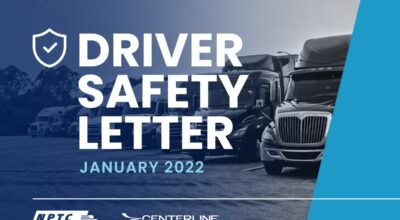 Safety Letter
Safety Letter
NPTC Safety Article- January 2022 -Winterize Yourself
Driving in the winter means snow, sleet and ice, which can lead to slower traffic, hazardous road conditions, hot tempers and unforeseen dangers. Once on the road, you need to be prepared and patient.